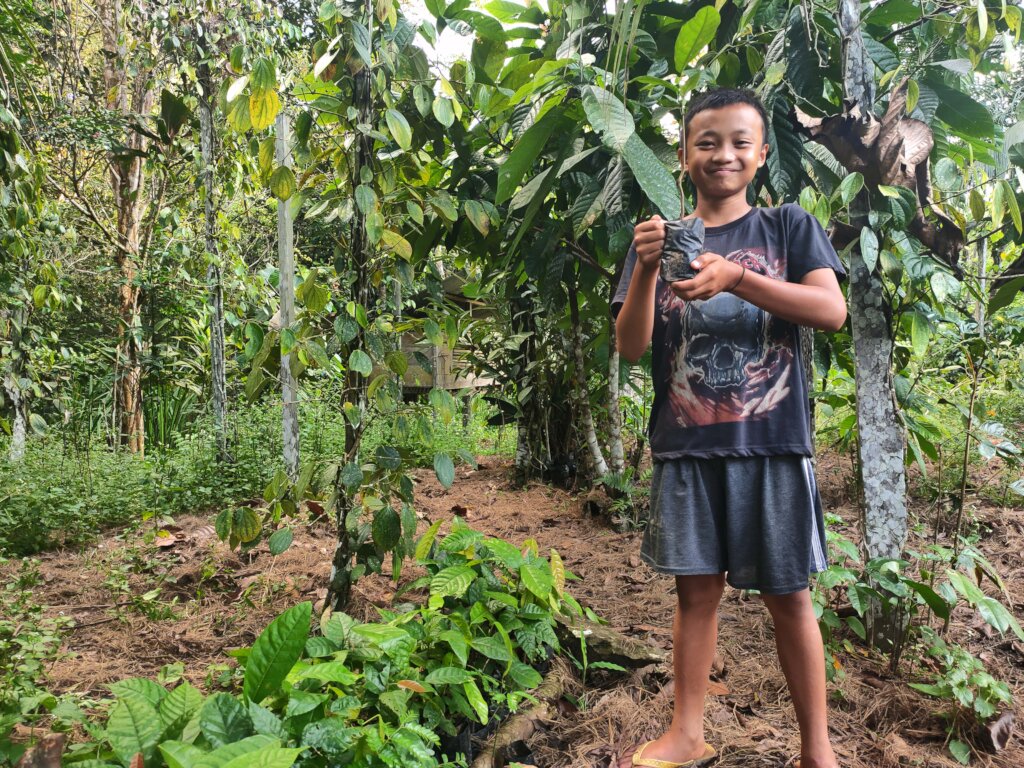By Josephine Crouch | Development Operations Manager
Did you know that 80% of the world's biodiversity and 30% of the world's carbon is found in lands, territories, and seas Indigenous People and local communities safeguard? When Indigenous peoples' and local community’s tenure is secured, forests stay standing, store more carbon, and wildlife is protected. Yet so many communities still do not have the basic right to their ancestral home. Indigenous communities are facing uphill battles to secure and protect their rights to land.
In the Heart of Borneo, lives the Dayak community. For generations, the men and women living in the ancient forests of Gunung Naning nurtured a strong cultural and spiritual connection to the land and the wildlife that lived there. Through traditional practices, they stewarded the land, until it was taken from them.
In the 1980s their land rights were stripped as major swathes of the forest were given protection status in line with the global push to create protected areas. This was done without any consideration of traditional land use and customary rights of the local Indigenous tribes. Breaking their connection to the forest and severing them from their subsistence resources and livelihoods. The rest of the forest was sold to natural resource extraction corporations and converted to logging and palm oil concessions.
Cut off from their land, excluded from their ancestral home, and conflict rising, the traditional management and stewardship broke down and poverty rose. Lacking access to their livelihoods, and the natural resources provided by the forest, communities struggled economically and were faced with higher health, education and basic living costs. Inequalities escalated. Together, these drivers create conditions for unrestrained logging, degrading forest habitats, and poaching causing endangered wildlife such as Sunda pangolins, hornbills, gibbons, and orangutans to face the illegal wildlife trade.
But now, these communities are taking back their land.
In 2008, the Indonesian government began seeking to remedy such historical injustices, launching the landmark Social Forestry scheme. The scheme provides the opportunity for local communities to gain legal tenure rights to access their historic forest homelands and balances forest conservation with the economic and cultural needs of Indigenous communities. But the process of securing tenure rights is burdensome, it requires specific legal knowledge and skills. Even if rights are secured local Dayak communities are faced with challenges related to retaining their use rights by having to develop natural resource management plans and work plans, which almost always require external assistance.
Links:
Project reports on GlobalGiving are posted directly to globalgiving.org by Project Leaders as they are completed, generally every 3-4 months. To protect the integrity of these documents, GlobalGiving does not alter them; therefore you may find some language or formatting issues.
If you donate to this project or have donated to this project, you can receive an email when this project posts a report. You can also subscribe for reports without donating.
Support this important cause by creating a personalized fundraising page.
Start a Fundraiser